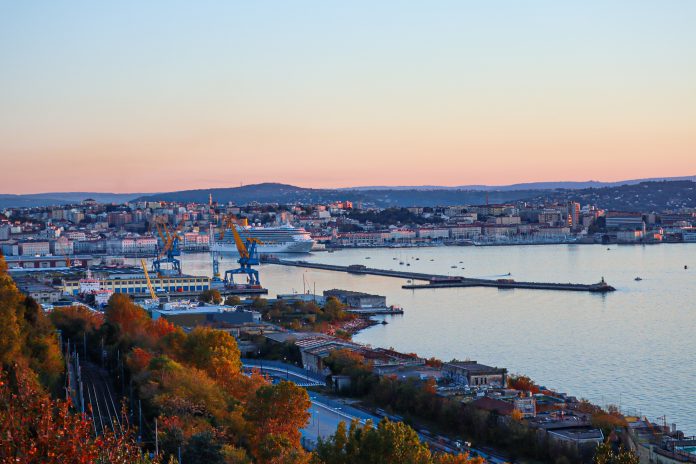by EH
In a bid to reshape the energy landscape of the Mediterranean, Egypt is positioning itself as a key hub for green hydrogen and ammonia production, leveraging its vast solar potential and strategic geographic location. That vision was at the center of discussions at this year’s Hydrogen Mediterranean Summit in Cairo, where government officials, energy executives, and policymakers gathered to chart the future of hydrogen in the region.
The summit, organized by the Union for the Mediterranean in collaboration with the association Hydrogen Egypt, brought together representatives from Egypt, the United Arab Emirates, Morocco, Libya, France, Spain, Greece, Croatia, Turkey, the Arab League, and the African Development Bank. The meeting underscored a growing international consensus: hydrogen is poised to become a key element in the transition to sustainable energy.
A focal point of the discussions was the role of hydrogen valleys—integrated energy districts designed to produce, store, and distribute green hydrogen—in transforming Mediterranean port infrastructure. Particular attention was given to the Suez-Europe corridor, a vital trade and energy route, where ports like Trieste in Italy and Rijeka in Croatia are expected to play a major role.
Trieste, home to the most important oil terminal in the Northern Mediterranean, has drawn interest from Egyptian energy officials eager to expand the country’s export capacity. The Port of Damietta, one of Egypt’s most dynamic hubs for new fuel technologies, has already established a direct RO-RO (roll-on/roll-off) route to Trieste, launched in December. That link could provide a foundation for a broader hydrogen supply chain between North Africa and Europe.
Speaking at the conference, Vittorio Torbianelli, Special Commissioner of the Port Authority of the Eastern Adriatic Sea, highlighted the potential for deeper energy collaboration between Egypt and Italy. His presentation, developed in coordination with the Autonomous Region of Friuli Venezia Giulia’s labor and training division, introduced the integrated cross-border Hydrogen Valley initiative, which seeks to position Italy as a key transit point for hydrogen imports.
“Closely monitoring the evolution of new energy commodities is essential for a European-scale hub like ours,” Mr. Torbianelli said. “Trieste is under close scrutiny from Egyptian officials, both for potential future pipelines and for the development of intermodal ship-to-rail terminals dedicated to hydrogen produced in Egypt.”
The discussion comes at a time when the European Union is ramping up efforts to establish a reliable hydrogen market as part of its broader climate strategy. Italy, in particular, has placed hydrogen at the heart of its energy transition, with government support tied to the Piano Mattei, an initiative aimed at strengthening economic ties between Italy and Africa.
For Egypt, which is already a major player in the liquefied natural gas market, green hydrogen represents a strategic bet on the future. With abundant solar resources and expanding hydrogen infrastructure, the country is looking to secure its place as a leading supplier to Europe in the coming decades.
But challenges remain. The high cost of hydrogen production, the need for large-scale infrastructure investments, and the complexities of cross-border energy agreements could slow progress. Still, the Cairo summit made one thing clear: hydrogen is no longer a theoretical solution—it is an emerging reality in the Mediterranean energy mix, with Trieste poised to play a crucial role in the region’s future.





























